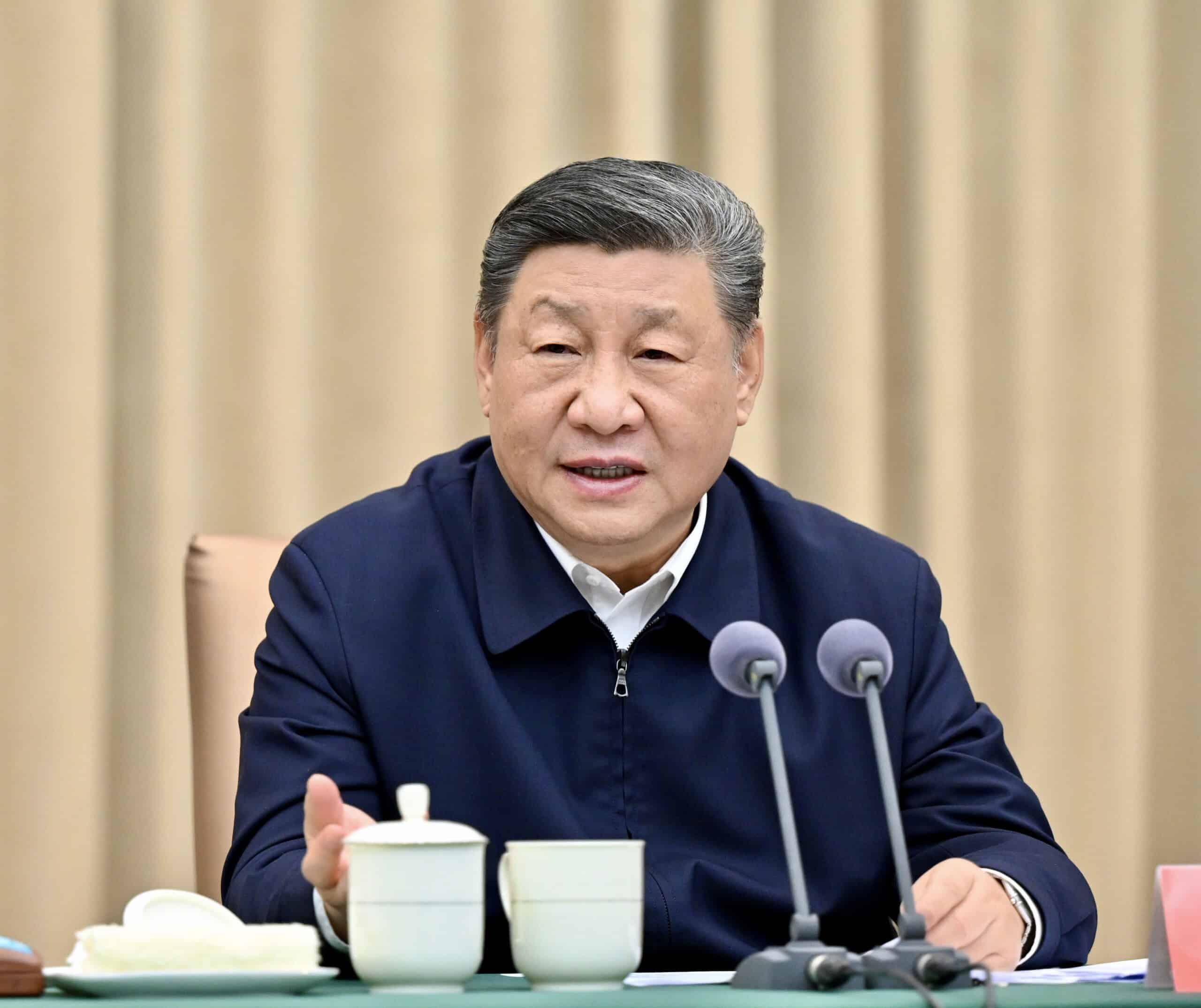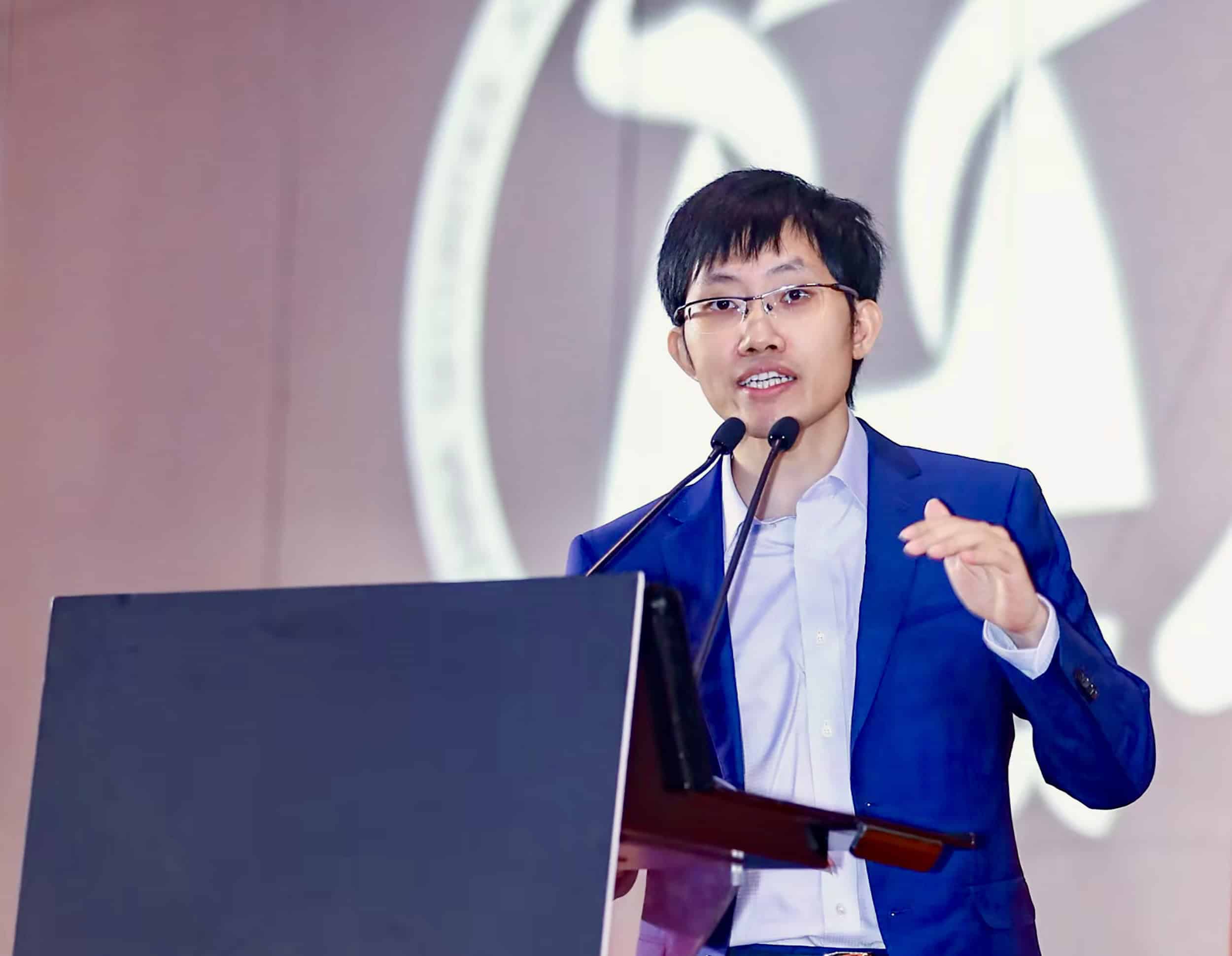Zuoyue WangOne of Wang's mentors at the Chinese Academy of Sciences in the early 1980s was the scientist and dissident Fang Lizhi is a distinguished scholar and a professor of history at California State Polytechnic University, Pomona, where he specializes in the history of modern science and its interaction with U.S. and Chinese government policy. Wang, who grew up in China's Henan Province, earned a B.S. in physics at Henan Normal University, a Master's at the Chinese Academy of Sciences and a
LISTEN NOW
Face-Off: U.S. vs. China
A podcast about the turbulent relationship between the world's two superpowers, the two men in charge, and the vital issues that affect us all.



